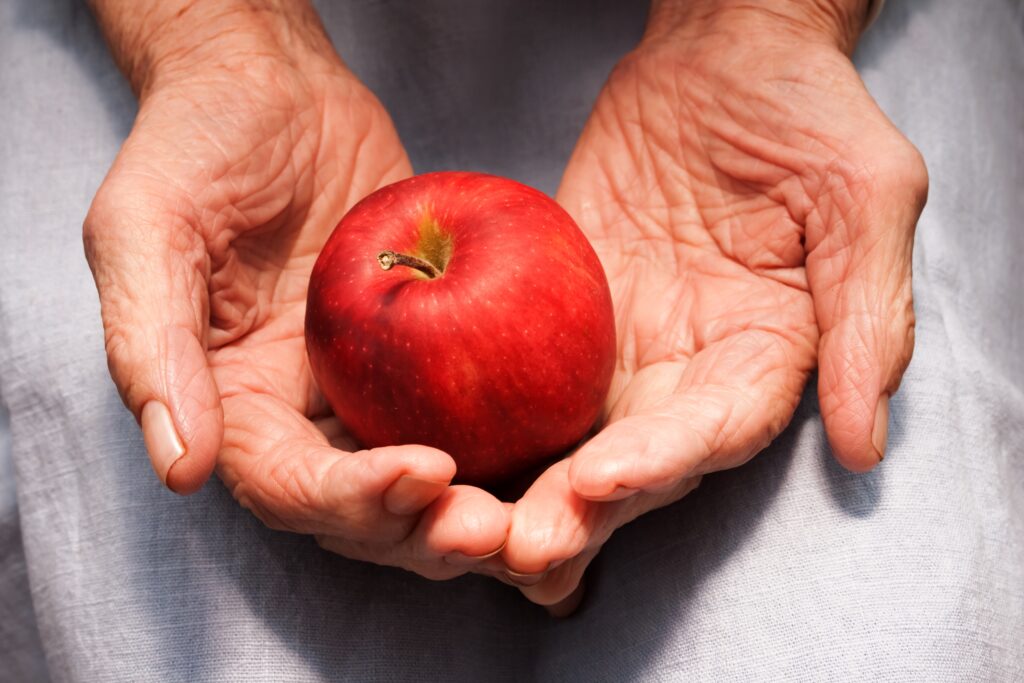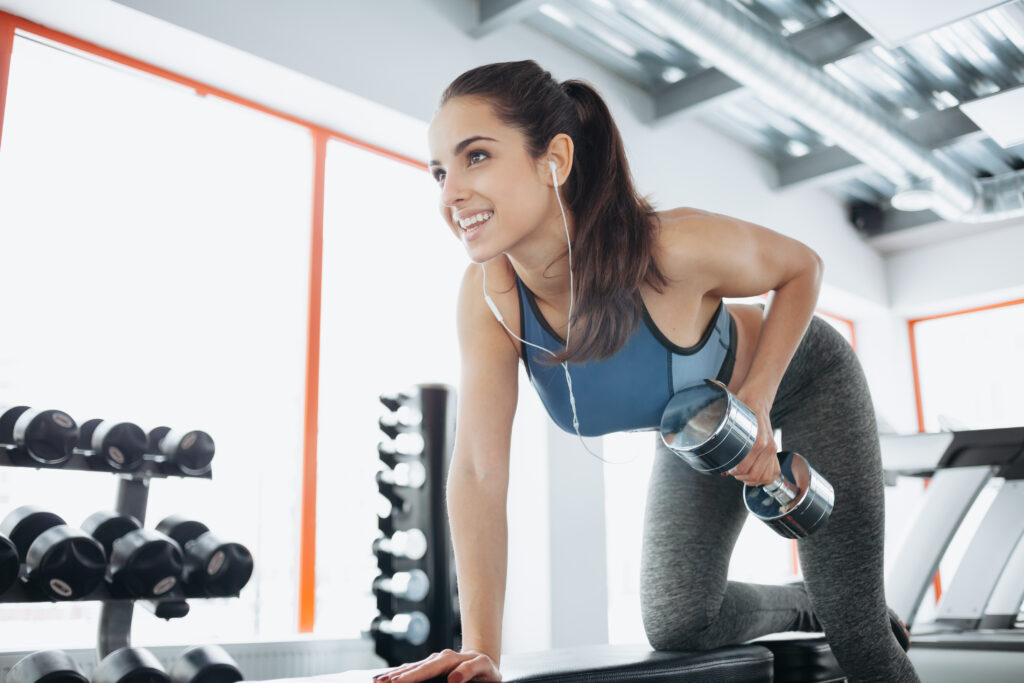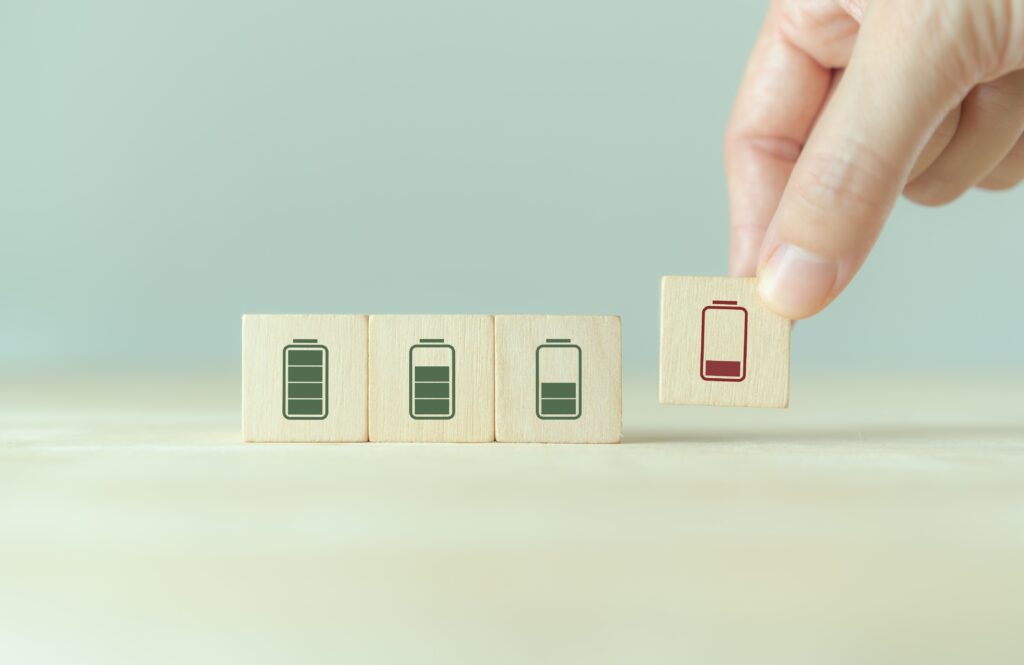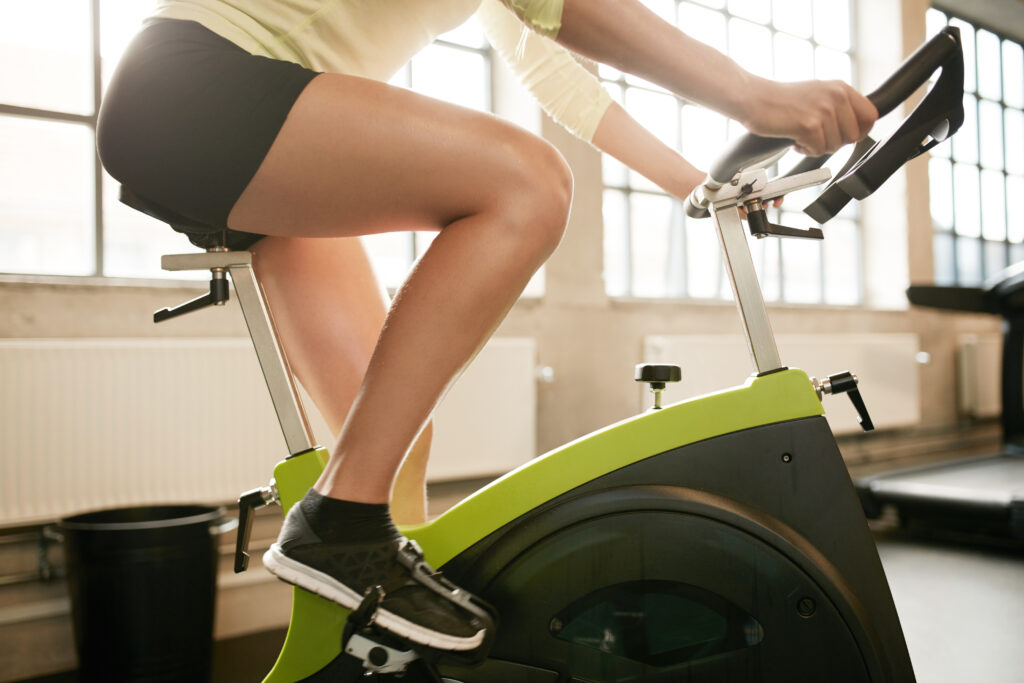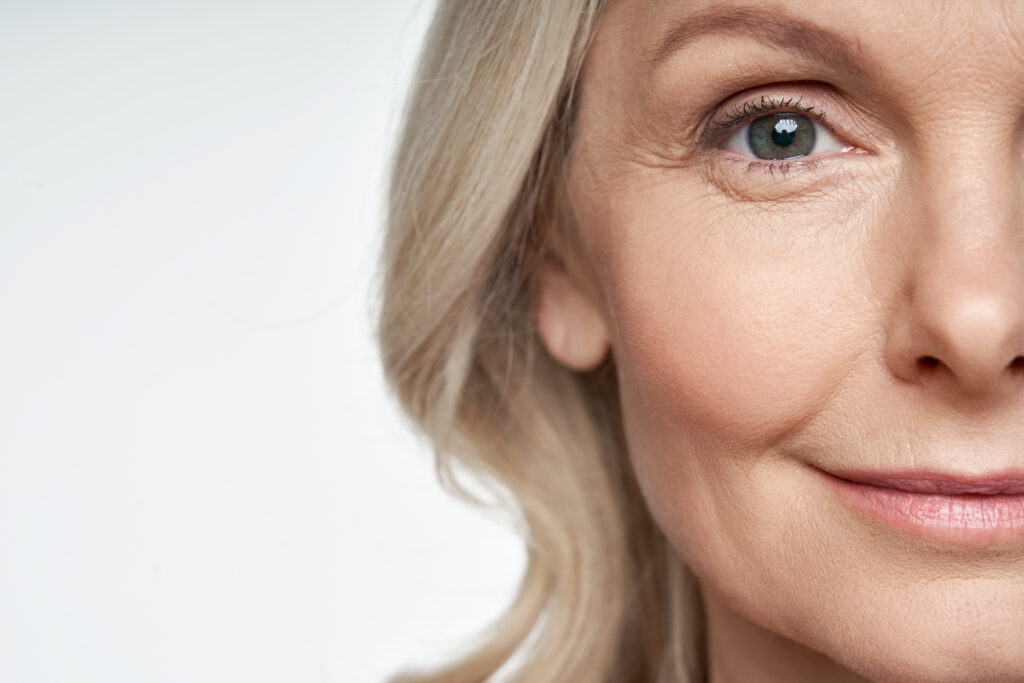The Surprising Link Between Balance and Longevity
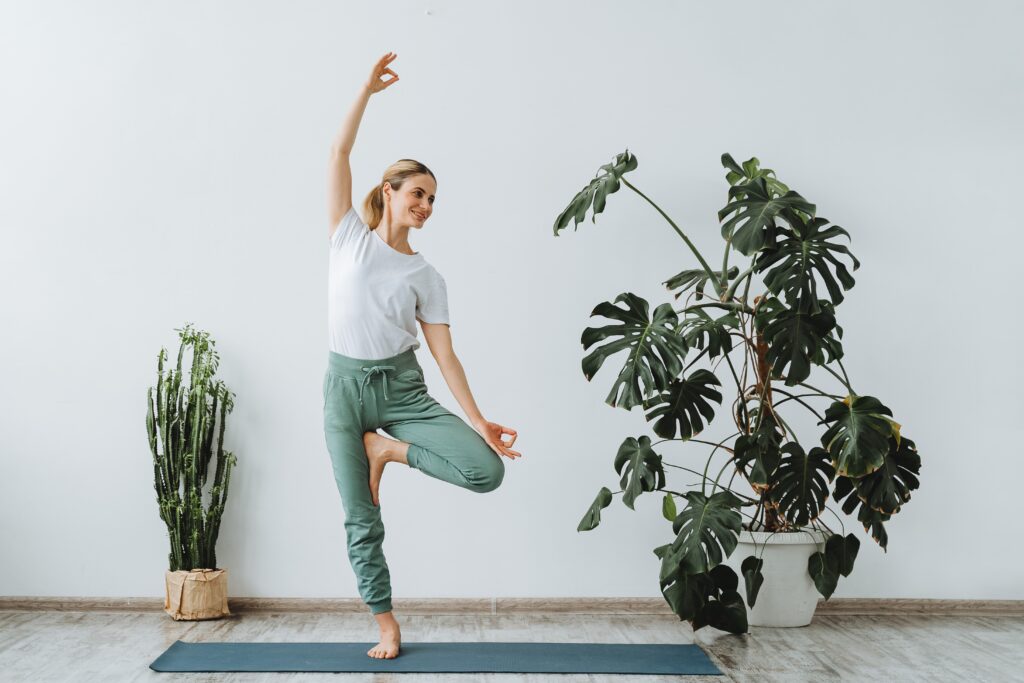
When we think about living longer, we often focus on nutrition, exercise, or genetics. But one surprising factor that’s gaining attention is balance. Research shows that your ability to maintain physical balance, particularly as you age, is a significant predictor of longevity and overall health. In fact, an inability to stand on one leg for 10 seconds in later life is linked to nearly double the risk of death within the next decade.
Why is balance so crucial? It goes beyond preventing falls-good balance impacts everything from muscle strength and cognitive health to confidence and independence. The good news? Balance is a skill that can be improved at any age, and doing so can profoundly affect your healthspan.
Take this simple balance test for longevity
Before we look into the science, here’s a quick test to gauge your balance and what it might say about your health.
How to do the balance test:
- Stand on a flat surface with your arms crossed over your shoulders.
- Lift one foot off the ground, bringing it to about knee height.
- Close your eyes and see how long you can maintain balance without touching the ground or swaying excessively.
- Record your time. Aim for 15 seconds or more.
What your results mean:
- Under 10 seconds: This may indicate reduced muscle strength, proprioception (your body’s ability to sense spatial position), or cognitive health-all of which are linked to longevity.
- Over 15 seconds: A good sign of stability, muscle function, and brain health. Keep working on balance to maintain it as you age.
This test highlights how multiple systems-muscular, skeletal, and nervous-work together for balance, making it a valuable indicator of overall health.
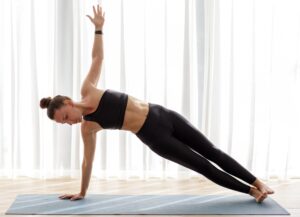
Why balance matters for longevity
Balance isn’t just about staying upright; it’s deeply connected to physical health, cognitive function, and independence. Here’s why improving balance is one of the most impactful steps you can take for a longer, healthier life.
Preventing falls and maintaining mobility
Falls are one of the leading causes of injury in older adults, often resulting in fractures, hospitalisation, and a loss of independence. Good balance reduces the risk of falls by enhancing your body’s proprioception and ability to react quickly to sudden changes in your surroundings.
Improved balance also builds confidence in your physical abilities, encouraging you to stay active. Regular movement preserves mobility and independence, two key factors in maintaining quality of life as you age.
Combatting sarcopenia
Sarcopenia, the natural loss of muscle mass with age, directly affects balance. Weak muscles, particularly in the legs and core, make it harder to stabilise the body and recover from stumbles. Research shows that preserving muscle mass through strength training and balance exercises not only supports stability but is also linked to lower mortality rates across age groups.
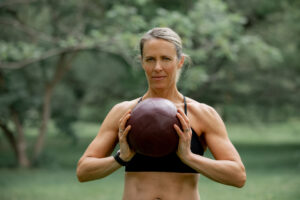
Cognitive health and balance
Balance isn’t just physical-it’s also a window into brain health. Maintaining balance engages multiple brain regions responsible for motor function, spatial awareness, and neuroplasticity (the brain’s ability to form new connections). This makes balance exercises a powerful tool for both physical and mental longevity.
The brain-balance connection
- Spatial cognition: Practicing balance helps the brain process spatial information, improving coordination and reaction times.
- Neuroplasticity: Regular balance training strengthens neural pathways, enhancing memory and cognitive function.
- Stroke risk: Studies suggest that poor balance is linked to a higher risk of cerebral small vessel disease, a precursor to stroke. Improving balance can support brain health and reduce neurological risks.
By incorporating balance exercises, you’re not just improving your ability to stand steady-you’re also supporting long-term cognitive health.
The importance of muscle mass and strength for balance
Your ability to balance depends heavily on muscle strength, particularly in the legs, core, and ankles. Strong muscles stabilise the body during movement, prevent tipping or swaying, and protect joints like the hips and knees from strain.
Muscle mass and longevity
Higher muscle mass is consistently linked to lower mortality rates. Strong muscles improve balance by allowing you to respond quickly to slips or uneven surfaces, reducing the likelihood of falls. They also enhance coordination, making everyday movements safer and more efficient.
Incorporating strength training alongside balance exercises can maximise these benefits, supporting both physical stability and overall health.

Key nutrients and supplements for balance and longevity
A nutrient-rich diet plays a vital role in supporting balance, muscle strength, and cognitive health. Here are some essential nutrients to focus on:
- Magnesium: Supports muscle and nerve function, helping with coordination and balance. Found in nuts, seeds, leafy greens, and dark chocolate.
- Vitamin D: Crucial for bone health and muscle strength, reducing the risk of falls. Sunshine and fatty fish are excellent sources.
- B vitamins: Important for energy metabolism and brain health. Include foods like whole grains, eggs, and leafy greens in your diet.
Supplements for longevity
For those who have already mastered foundational health practices, certain supplements can enhance mitochondrial function and promote cellular health:
- Resveratrol: Known for its cardiovascular benefits, resveratrol supports cellular repair and reduces oxidative stress.
- Nicotinamide Riboside (NR): Boosts NAD+ levels, essential for cellular energy and DNA repair.
- Coenzyme Q10 (CoQ10): Supports mitochondrial health, reducing inflammation and improving energy production.
- Ora Cell Protect: A blend of sulforaphane (from broccoli sprouts) and black cumin seed extract, this supplement combats oxidative stress and promotes brain function.
While supplements can be helpful, they work best as part of a balanced diet and active lifestyle.
Practical balance exercises to incorporate into daily life
Improving balance doesn’t require fancy equipment or long hours at the gym. Simple exercises can make a big difference, and they’re easy to fit into your daily routine.
Balance exercises to try:
- Single-leg stand: Stand on one leg for 30 seconds, then switch sides. For an added challenge, close your eyes or move your arms.
- Heel-to-toe walk: Walk in a straight line, placing the heel of one foot directly in front of the toes of the other. This builds coordination and stability.
- Tree pose: A classic yoga pose that strengthens the legs and improves focus. Stand on one leg, place the other foot on your inner thigh or calf, and hold your hands together at your chest.
- Active stretching: Incorporate leg swings or arm circles to improve joint mobility and balance simultaneously.
Everyday balance boosters
- Balance on one leg while brushing your teeth or waiting for the kettle to boil.
- Practice heel-to-toe walking during TV commercial breaks.
- Stand on a soft surface, like a folded towel, to engage more stabilising muscles.
The bottom line
Balance is about much more than staying steady-it’s a powerful predictor of longevity, cognitive health, and quality of life. By improving balance, you’re investing in your physical and mental resilience, reducing the risk of falls, and supporting independence as you age.
Through simple balance exercises, a nutrient-rich diet, and targeted supplements, you can enhance your stability and live a longer, healthier life. Start small with a balance test, build these habits into your daily routine, and see how the benefits ripple out across all areas of your health.

